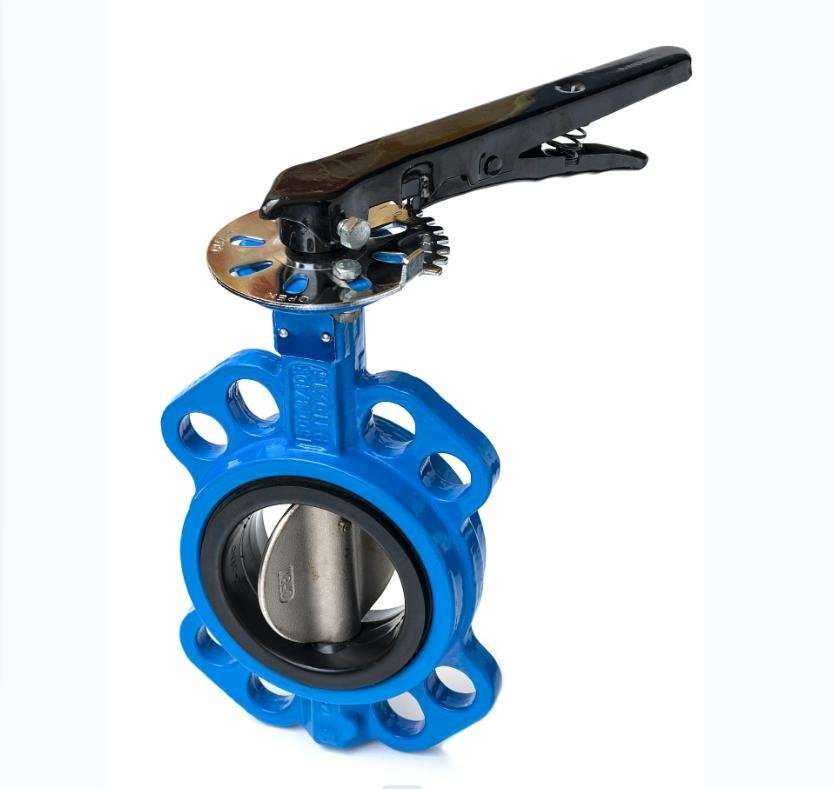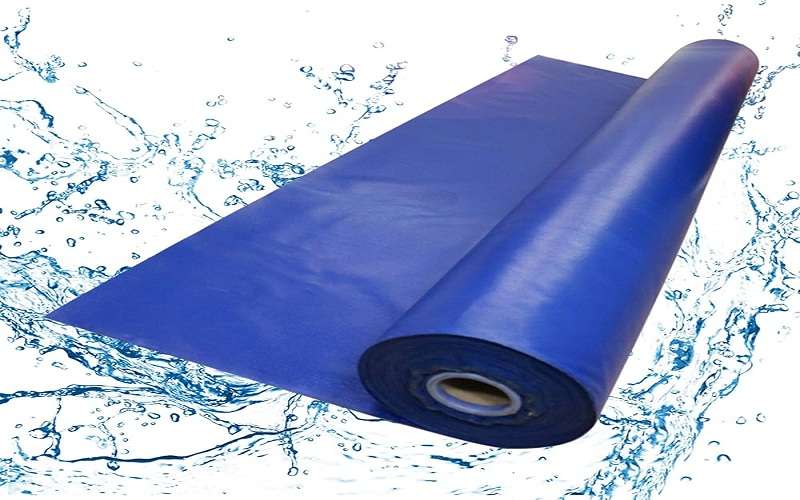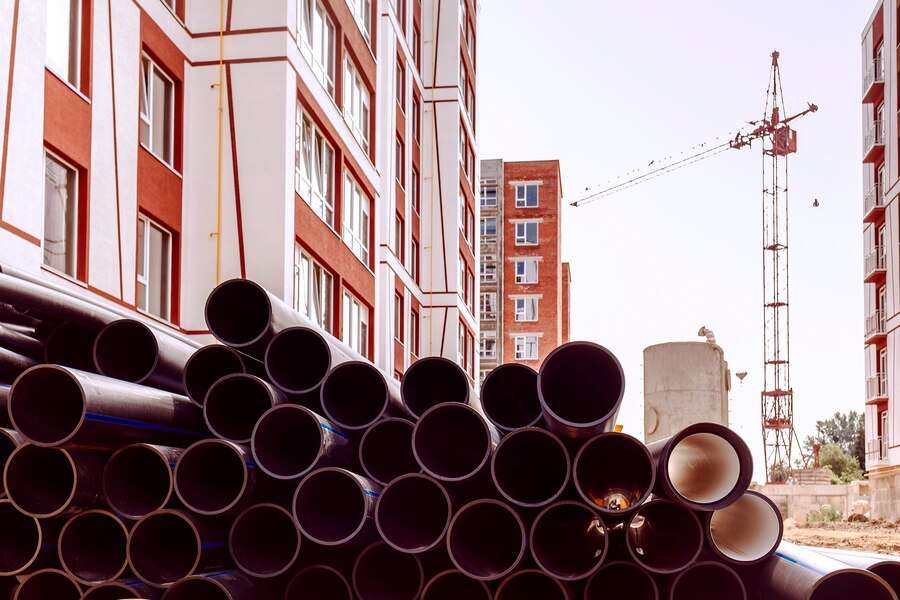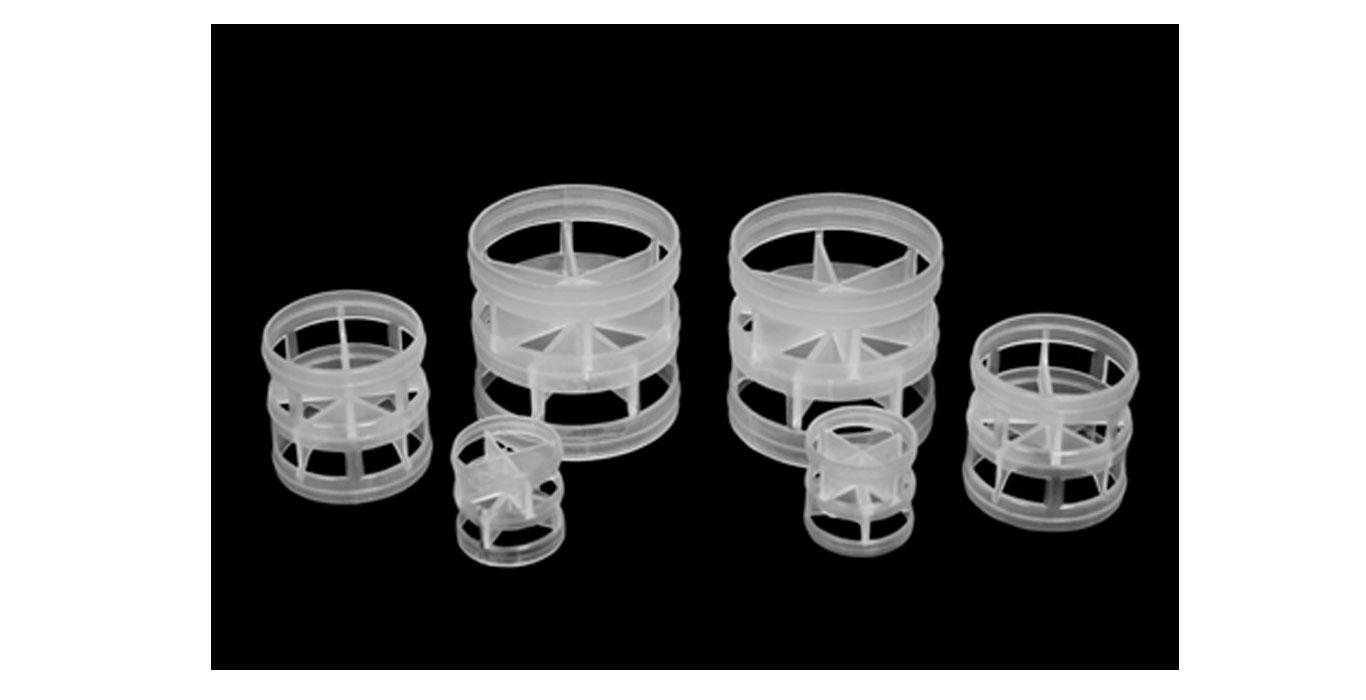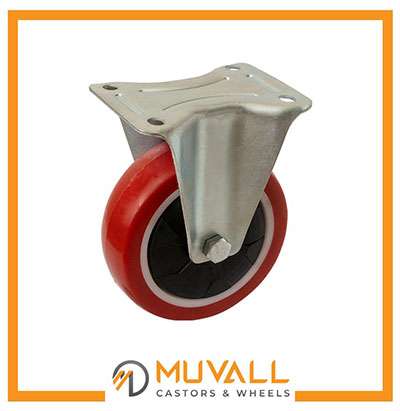The reliability, affordability, and efficacy of industrial fluid control systems are contingent upon the selection of suitable valves in a dynamic environment. One of the key valve types for streamlining flow control is The Wafer Type Centerline Butterfly Valve. We examine the features, advantages, uses, and design of these valves through this thorough examination.
Understanding the Wafer Type Centerline Butterfly Valve
A Wafer Type Centerline Butterfly Valve is a type of quarter-turn valve that regulates flow by utilizing a disc mounted on a central shaft. What distinguishes the wafer type is its compact design, characterized by a slim profile that allows for easy installation between flanges. The centerline design ensures that the disc is positioned precisely at the center of the pipe, facilitating smooth and efficient flow control.
Design Features
- Compact and Lightweight:
The wafer design of these butterfly valves makes them compact and lightweight, allowing for easy integration into piping systems without the need for additional support structures. This streamlined design contributes to cost savings and simplifies installation processes.
- Centerline Disc Positioning:
The centerline positioning of the disc is a defining feature, ensuring optimal sealing and control. This design minimizes wear and tear, enhancing the valve’s longevity and reducing maintenance requirements.
- Bi-Directional Sealing:
These Butterfly Valves typically offer bi-directional sealing capabilities, providing flexibility in installation and allowing for flow control in both directions. This feature enhances the versatility of these valves in various applications.
Applications Across Industries
- HVAC Systems:
In heating, ventilation, and air conditioning (HVAC) systems, where precise control of fluid flow is crucial, wafer type butterfly valves are widely used. Their compact design and efficient control make them ideal for maintaining optimal temperatures in buildings.
- Water Treatment Plants:
Water treatment facilities benefit from the streamlined flow control provided by wafer type butterfly valves. Whether regulating the flow of treated water or managing the distribution of chemicals, these valves play a vital role in maintaining operational efficiency.
- Chemical Processing:
The chemical industry relies on the precise regulation of fluids in various processes. Wafer type butterfly valves, with their corrosion-resistant materials and reliable sealing, are well-suited for managing the flow of chemicals and ensuring the integrity of processes.
- Food and Beverage Industry:
In the food and beverage sector, where hygiene and cleanliness are paramount, wafer type butterfly valves find applications in controlling the flow of liquids and gases. Their smooth operation and easy maintenance align well with the stringent standards of this industry.
Benefits of Embracing Wafer Type Centerline Butterfly Valves
- Space-Efficient Design:
The compact design of wafer type butterfly valves is particularly advantageous in situations where space is limited. These valves fit seamlessly between flanges, eliminating the need for extensive piping modifications and reducing installation costs.
- Quick and Easy Installation:
Installation is simplified due to the wafer design that fits directly between flanges. This ease of installation translates into time savings, making wafer type butterfly valves a preferred choice for projects with tight deadlines.
- Cost-Effective Solution:
The combination of efficient design, ease of installation, and reduced maintenance needs makes wafer type butterfly valves a cost-effective solution. The initial investment is often outweighed by long-term operational savings.
- Reliable Performance:
The centerline positioning of the disc ensures consistent and reliable performance over the valve’s lifespan. This minimizes the risk of leaks and ensures that flow control remains precise and efficient.
Considerations for Optimal Use
- Pressure and Temperature Ratings:
It is crucial to consider the pressure and temperature ratings of wafer type butterfly valves in alignment with the specific requirements of the application. Understanding these parameters ensures that the valves operate within their designated limits.
- Material Compatibility:
The materials used in the construction of these butterfly valves must be compatible with the fluids they will be in contact with. Considerations include corrosion resistance, chemical compatibility, and suitability for the intended environment.
- Flow Control Requirements:
Assessing the specific flow control requirements of the system is essential. Understanding factors such as flow rates, pressure drops, and the need for on/off or modulating control helps in selecting the right size and type of wafer type butterfly valve.
Conclusion
Accepting the Wafer Type Centerline Butterfly Valves is a calculated step toward optimizing flow control in a range of industrial settings. They are a dependable option for projects in a variety of industries due to their tiny size, strong performance, and reasonable price. These valves will be more and more important as technology develops for improving fluid control systems and encouraging the creation of effective and sustainable industrial processes.






